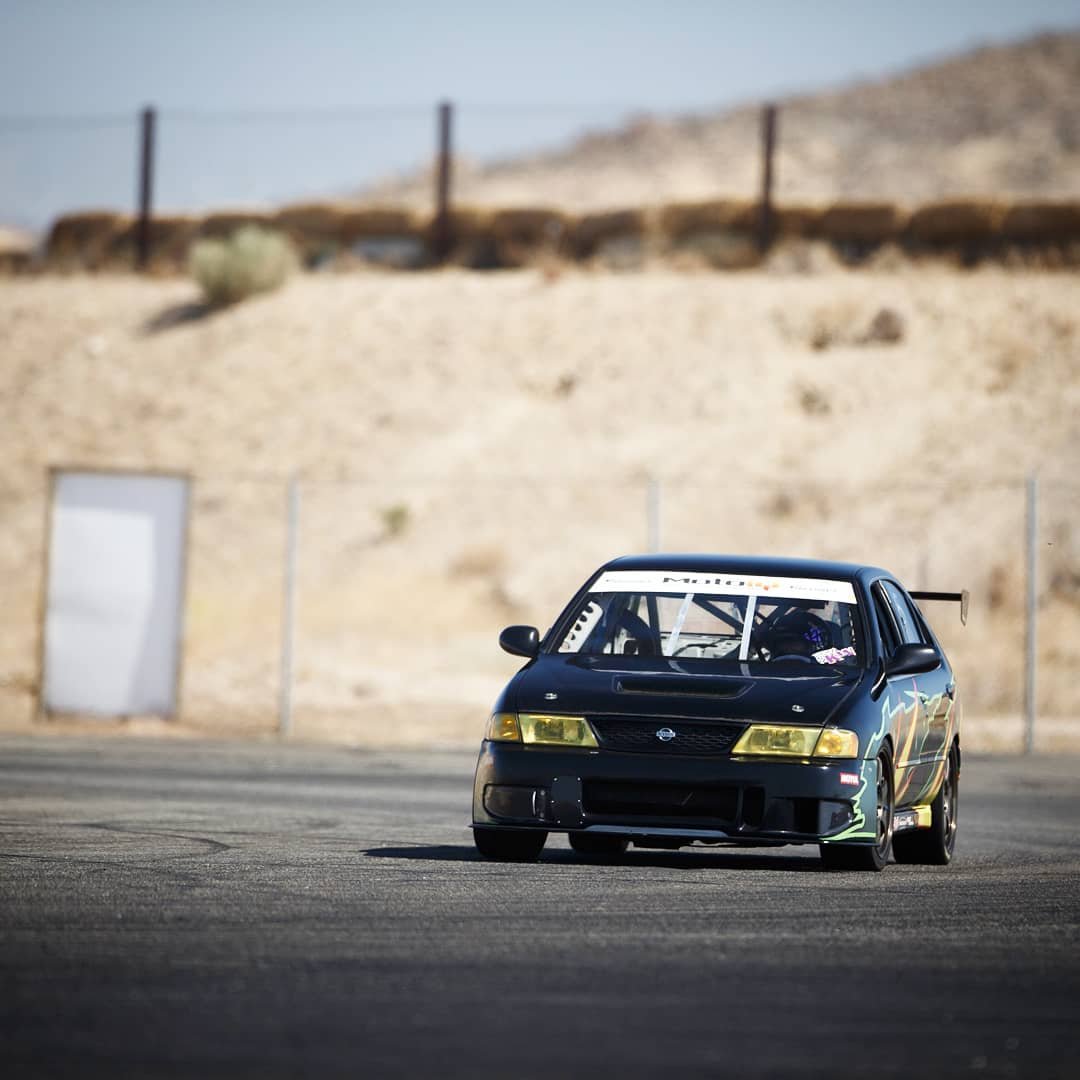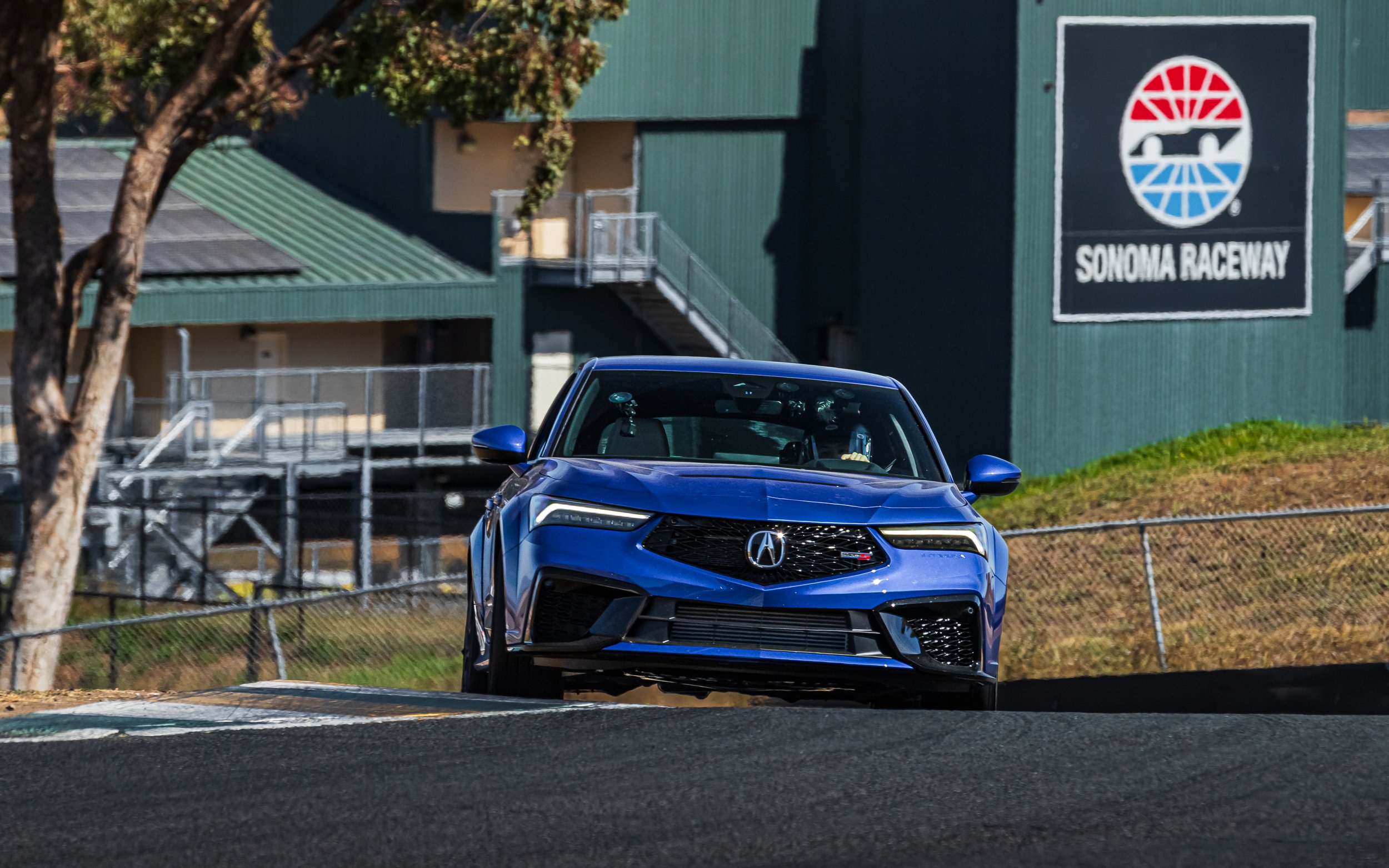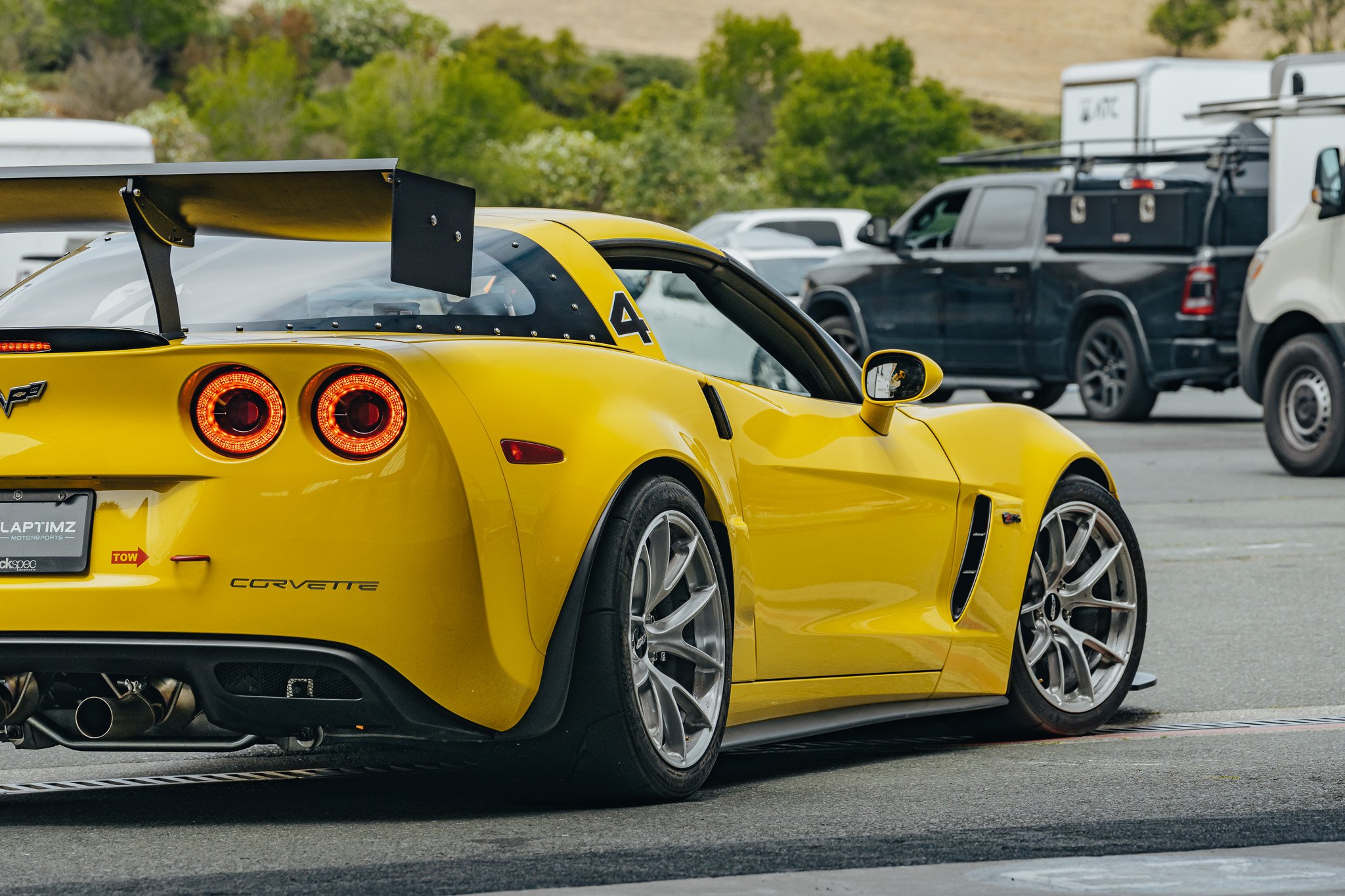
SpeedSF Blog
Every Build Has a Story – Meet the Cars of SpeedSF

Speed SF Goes Karting: A Thank You to our Coaches
Miles Kodama, Nate Hackman, and Matt Misencik put in an incredible number of hours this past year, and to thank them for their time and effort, we sponsored them in a charity karting event at Sonoma Raceway.

Richard’s MR2 Turbo: Not Too Pretty To Pirouette
Although Richard already had an E92 M3, he decided to spruce up his mid-ship sports car and spin his way into driving competence.

Sonoma’s Recent Repave Helps Set New Records
Sonoma’s recent repave — the first in over two decades — has helped Speed SF’s fastest set new records in three of the Challenge groups.

Walter’s Sentra: Lifetime Obsession
Twenty years after crewing for various teams in the Spec SE-R series, Walter began racing himself and made a very special Sentra his own.

Fenton's Integra Type S: A Change of Heart
While he was on the fence for a while with Acura’s bigger, boatier Integra, the Type S had enough of the right stuff to convince him to try this front-wheel drive super sedan.

Blake's M4: Friendly Firepower
While the F82 still lacks the tuning support some of its predecessors enjoy, the long-wheelbase platform has served Blake Titus as he’s learned the basics of track driving. A satisfying platform that’s “always on the verge of killing you,” as he puts it.

Matt Paige's C6 Z06: The Track Rat’s Idea of a Hybrid
Rather than chase big power, Matt Paige made the necessary adjustments to this cost-no-object Corvette track car to make it reliable, approachable, and sexy.

Showdown at Sonoma: Battle Between the Fastest Stateside A90 Supras
Jackie Ding and Will Kwok have both gone quite far in tuning their A90s—further than any others on American soil. With Gary Wong piloting Will’s machine, these two drivers demonstrate where variations in tuning are felt most around Sonoma Raceway.

SPEEDSF CHALLENGE - NOVEMBER 8 - ROUND 9 @ SONOMA RACEWAY
The SpeedSF Challenge circus continued on back at Sonoma Raceway to host its 9th round in this crowd-favorite track. With 26 wonderful drivers taking to the track hoping for Challenge glory, it was bound to be an exciting session for all!

